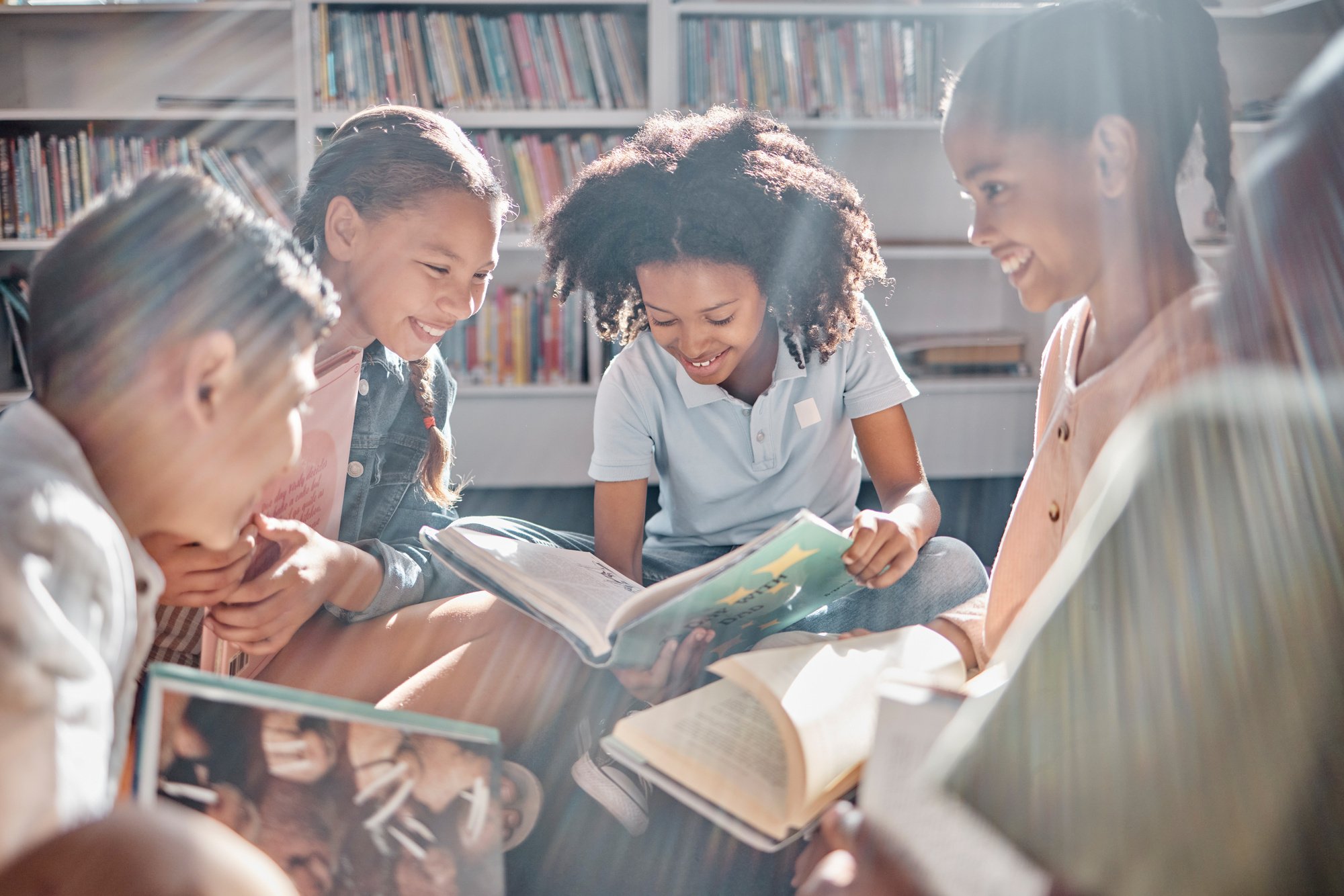What Books To Read if You’re New to British Literature
/British literature has left a lasting impression on global storytelling. From shaping literary movements to inspiring countless works worldwide, it offers a pool of ideas, culture, and human emotion.
If you're just getting started, one big question might be what books to read. To help you on your journey, here's a curated list of must-read books that showcase a variety of styles and themes. You'll discover book recommendations that explore love, identity, and societal shifts—all while reflecting the diverse voices of Britain's authors.
'Atonement' by Ian McEwan
McEwan's 'Atonement' is a masterful blend of love, war, and the consequences of imagination gone astray. Spanning decades, it follows the fallout of a young girl's false accusation and its impact on two lovers. The intricate narrative structure and profound exploration of guilt, redemption, and the power of storytelling make this an immersive introduction to modern British fiction.
If you find the genre or McEwan's writing style intriguing, you can search for more of his books and similar titles in a comprehensive platform, such as this British Authors database.
' Rebecca' by Daphne du Maurier
Fans of psychological thriller books will love this title. A gothic novel steeped in mystery, 'Rebecca' follows the story of a young, nameless narrator who—as Maxim de Winter's second wife—suffers the first wife's haunting influence. Du Maurier's atmospheric storytelling and compelling drama make this a captivating read for newcomers.
'Never Let Me Go' by Kazuo Ishiguro
This haunting novel explores a dystopian world where cloned children face a predestined fate. Themes of memory, mortality, and the fragility of identity unfold through Ishiguro's understated prose. Ishiguro's restrained style and philosophical undertones offer a thought-provoking lens into contemporary British storytelling.
'Pride and Prejudice' by Jane Austen
Knowing what books to read as a first-timer to British literature involves exposure to the classics. While older titles may use a writing style that's harder to read nowadays, they carry life lessons applicable to modern times. Take, for example, 'Pride and Prejudice.'
Set in the early 19th century, this beloved novel navigates love, class, and social expectations through the sharp wit of Elizabeth Bennet and her evolving relationship with Mr. Darcy. Austen's incisive commentary on societal norms and her rich character development make this a perfect entry point for classic British literature.
'Great Expectations' by Charles Dickens
Another fantastic title in this list of book recommendations is 'Great Expectations. Young Pip navigates ambition, class divides, and personal growth in this coming-of-age tale. Dickens' vivid descriptions and memorable characters bring Victorian England to life. Dickens' exploration of social injustice and human resilience reveals a fascinating snapshot of British society during the 19th century.
'Wuthering Heights' by Emily Brontë
Picking up a novel you've likely read in high school may not be an option when considering what books to read as a British literature newbie. But 'Wuthering Heights' is regarded as one of the best books in classic literature for a reason.
This novel unfolds the turbulent and passionate story of Heathcliff and Catherine Earnshaw, whose intertwined lives are played out against the dramatic backdrop of the Yorkshire moors. Brontë's brooding atmosphere and complex characters make this a memorable foray into gothic literature.
'The Moonstone' by Wilkie Collins
Often considered the first modern detective novel, 'The Moonstone' revolves around the theft of a precious diamond and the ensuing investigation. Collins' intricate plotting and multiple narrators make this a gripping introduction to mystery fiction.
Bring this title to your next book club session when you're tasked to read a mystery novel. You might get some curious looks or nods of approval from fellow members.
'Hamlet' by William Shakespeare
Still don't know what books to read that will introduce you to British literature? Look no further from an author you've probably already heard about—William Shakespeare. This writer has some pretty good books to read that are also ideal for theater enthusiasts. One of which is 'Hamlet.'
Shakespeare's timeless tragedy follows Prince Hamlet as he confronts themes of revenge, madness, and betrayal after his father's murder. Mastering Shakespeare opens doors to the foundations of English drama, and 'Hamlet' exemplifies his brilliant use of language and universal themes.
'The Buddha of Suburbia' by Hanif Kureishi
Readers seeking to explore the diverse voices within British literature can find many book recommendations by authors from various backgrounds. An example is 'The Buddha of Suburbia' by Hanif Kureishi.
Set in 1970s London, Kureishi's coming-of-age novel examines race, identity, and social mobility through the eyes of Karim, a young man of mixed heritage. Kureishi's blend of humor and social commentary provides a fresh, engaging perspective on British life and multiculturalism.
'White Teeth' by Zadie Smith
Zadie Smith offers an enthralling title for anyone wondering what books to read. Spanning multiple generations, this vibrant novel tackles race, immigration, and family dynamics in modern London. Smith's lively characters and intertwining storylines offer a glimpse into the complexities of contemporary British society.
'Brick Lane' by Monica Ali
Set in London's East End, 'Brick Lane' follows Nazneen, a Bangladeshi immigrant navigating her arranged marriage and the challenges of a new culture. Ali's poignant storytelling and vivid portrayal of immigrant life offer an insightful look into themes of identity, adaptation, and resilience.
This novel is a great addition to read, especially if you're completing a reading challenge on modern British literature.
Conclusion
If you want to get into British literature but aren't sure what books to read, consider these titles in your reading list. This selection includes various voices and themes to guide your first steps into British literature. Each book presents its own unique journey into culture, history, or human experience.
Don't hesitate to check out the author's other works if a particular story interests you. Literature is a lifelong journey, and discovering new book recommendations will continuously enrich your perspective and curiosity. Who knows? You might even encounter your next favorite book.






















































